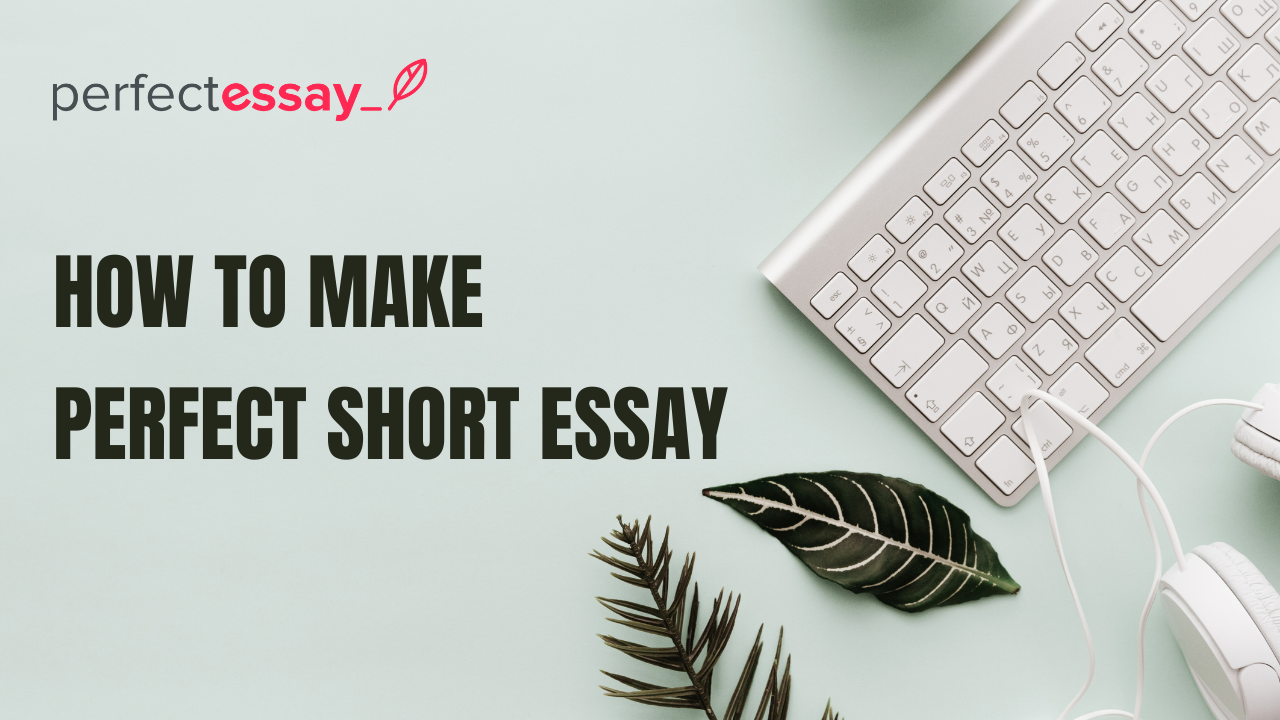Table of Contents
The purpose of writing is a guide for writers to compose something moving or at least true to its title. For the most part in academic and commercial writing, the rationale behind researching and coming up with unique ideas is to educate and entertain readers.
Narrative writing is very much different from other academic writing because it relies on emotions and personal experiences rather than empirical data and information extracted from reliable sources. One of the key elements of a narrative essay is its thesis statement.
Narrative Essay Thesis 101
A thesis statement or a thesis is often a bold and brief statement regarding the central idea or theme of the essay. In other terms, the whole narrative revolves around this statement, and other elements of a narrative essay, such as characters, setting, POV, and conflict, all serve the sole purpose of justifying this statement.
In a typical narrative essay, the thesis statement comes in the introduction section, almost at the end. Sometimes, it is the last sentence of the introduction or opening for the added effect.
Without a thesis statement, the essay is not complete so students who skip through this essential element cannot secure ideal marks in their school or college assignments.
Importance of Narrative Essay Writing
Narrative essay writing is widely used in academic institutions to help students think and put their thoughts into their own words. Teachers gauge the depth of knowledge and ideas and help students rear the art of coming up with ideas and turning those ideas into sentences and paragraphs.
Many professional fiction and non-fiction writers attribute their initial training in schools as the most influential element behind their success. Since a narrative essay is not complete without a thesis statement, students learn to understand the gravity of short and brief sentences by composing riveting thesis statements.
Practical Tips For Narrative Essay Thesis
In this section, we will go through some of the best and most practical tips to write a solid narrative essay thesis and improve the quality of the essay.
Clear Purpose & Intentions
A thesis or thesis statement shows the intentions and inner thinking of the writer. It should have the ability to wrap the underlying theme and central part of the essay into a small sentence.
If writers are having a hard time coming up with a compelling thesis statement, it is best to focus on the title and draw parallels from it. Also, the theme and central part of the point of the essay is a great places to start or augment the thesis statement.
First Person Narrative
A first-person narrative or point of view is the best for a personal narrative essay because it shows a direct line of connection between a writer and their story. Also, it helps the writer in summarizing all the details and central ideas behind the essay in a punchy and bold statement.
Many writers opt for alternative POVs to either experiment with the narrative or to convey a message in a better way. That’s why you will always find different forms and types of thesis statements in essays.
Probing Tone & Voice
Apart from the placement and structure of a thesis statement, it should have a probing tone and voice for the readers. Many students make the mistake of merely writing the central idea of the essay.
This is not right. Instead, they should explore further actions including highlighting the struggle of the characters or the conflicts baked into the essay.
The idea here is to have a thesis statement that implies action and provokes readers to move and care about the whole narrative.
Putting “Show, Don’t Tell” Into Practice
There is an adage in writing that advises writers to show the details instead of telling them. This is a great way to stress important things without telling the readers that they are important.
For instance, if you want to show that a character was angry at some point in the narrative, it is best to describe his facial features, his actions, or his dialogue that shows that anger. This is will help readers understand the complex psychology of the characters.
Balancing The Structure With Elements
Many students believe that they can wing the process of structuring and formatting a narrative essay because it is based on their personal experiences and incidents. There is no denying the source and inspiration behind a narrative essay, but the standard structure is almost universal across the globe.
The idea here is to balance the various elements of the narrative essay through structural constraints. This section is dedicated to helping students see the big picture by laying out the small pieces one by one.
Opening With A Hook & Thesis Statement
The introduction is where the writer sets the stage for the characters to play and the plot to unfold. It starts with a hook which is a literary device to interest and lure the readers in. It could be a bold, shocking statement, a question asked from the readers or an anecdote that shares some similarities with the narrative essay.
At the end of the introduction, the writers drop the thesis statement. It is a brief and bold sentence that highlights the underlying theme and subjective leanings of the writer.
Main Body – Interplay of Characters, Setting, Conflict, Theme
In a standard structure of the essay where the introduction and conclusion are only a paragraph long, the main body has the lion’s share of three paragraphs. It is because it has to cover all the other elements of the narrative to support the thesis statement.
The goal of the writers is to balance all the variables, including the characters at each stage of the narrative, and the setting of the narrative in terms of conflict and action.
At the end of the main body, the theme should be highlighted and bridged with the conclusion.
Concluding With The Lessons Learned
There is no denying that the conclusion of a narrative essay is one of the most important sections. That’s why professionals spend a lot of time and effort in getting it just right. Another reason why it should be as perfectly composed as possible is that it is the last thing that readers will read and probably keep in their minds about that narrative essay.
Ideally, it should summarize the finer points of the main body and highlight the lessons learned in the narrative. Keep in mind that the conclusion of a narrative essay differs a lot from its counterparts.
How To Write A Narrative Essay Thesis In College
Brainstorming & Picking The Right Topic
Since the topic of a narrative essay and its thesis statement are directly linked, it is necessary to brainstorm different ideas and come up with the right topic. For the narrative essays, the topics dealing with change, loss, and tragedy gain a lot of traction with readers and instructors. So, it pays to put them into your title consideration.
Creating A Functional Outline
By creating an outline after due research, writers set themselves up for success as it helps them predict their next step. There are many instances in writing when moving from one edge to another can cost a lot of time and effort. Instead, a thorough yet flexible outline can help writers progress with ease. It also helps them to stay true to the narrative.
Using Snowflake Method To Start Writing
The snowflake method is about starting with the bare minimum and then adding or omitting details as you go with the writing process. This is great for writing a narrative essay after outlining because writers often forget the most important or riveting things that can come later in the narrative. For starters, you can commence writing by opting for a sentence for a paragraph to set the tone.
Beefing The Narrative Up As You Go
Once you have set the board through the snowflake method, you can work on the nuances of the narrative. This includes giving a unique voice to each character, finding the subtle and direct messages in the narrative, as well as connecting with the reader at a deeper level. If at the first attempt, you cannot nail this step, you can always get to the brass tacks to strengthen the story.
Proofreading & Editing
This is the most important part of writing the essay that many students either ignore or go through it half-heartedly. The best way to proofread and edit a narrative essay is to set some SOPs based on different aspects of writing. During the editing phase, you can go through each one of them and fine-tune them to your advantage. If students can find that they can balance all the elements and cover all the bases by any other method, they are always free to try them.
Finalizing The Process
In the finalization phase, students must look at the essay from a reader’s perspective and improve it accordingly. They can ask friends and family to read the essay and provide feedback. Some online communities and tools can help them further augment the narrative. Once it is finished and everything is checked and accounted for, in terms of elements and their interplay, students should turn their essays in for evaluation and hope for the best.
F.A.Q
What can be a thesis in a narrative essay example?
A thesis or a thesis statement is a sentence in a narrative essay that compounds the central idea or theme of the essay. It is a bold and brief statement that also shows the subjective version of the story based on the writer’s perspective.
Usually, you will find a thesis statement at the end of the introduction.
Is a narrative essay complete without a thesis statement?
A narrative essay has around five elements, including conflict, theme, setting, characters, and so on. A thesis statement is an integral part of the essay as it encapsulates the main theme of the essay while foreshadowing the events from the main body and conclusion.
What is the perfect place to state the thesis statement?
Most experts suggest that the best place to state the thesis statement is at the end of the introduction. It is where the main body of the essay is about to start and the other elements are about to be introduced into the narrative.
How can I write the best thesis statement for my narrative essay?
Here are some tips that will help you write the thesis statement:
- Understand the purpose behind writing
- Connect thematic reference with the title
- Balance out other elements based on the theme
What is the ideal length of a narrative essay thesis?
There is no set word limit for the thesis statement because the topic and the scope of the title demands different from different essays. Still, it is best to keep it laconic and punchy so that readers can learn it and remember it throughout the essay.
What are three important points of a thesis in a narrative essay?
Here are the three main points of a thesis in a narrative essay:
- Drawing parallels from the writer’s subjective perspective and central theme
- Connecting theme and title with the statement for the intended effect
- Getting readers invested in the narrative
Conclusion
A thesis statement is the summary of the underlying theme or central idea behind the narrative. Many students struggle with coming up with a subtle yet solid thesis for their narrative essays resulting in poor delivery.
This article was dedicated to helping students understand its importance and how to compose one for any type of narrative essay.
Before setting out to write a long essay, it is worth their time to research and understand all the concepts. This will help them save time down the road.
Free Features




